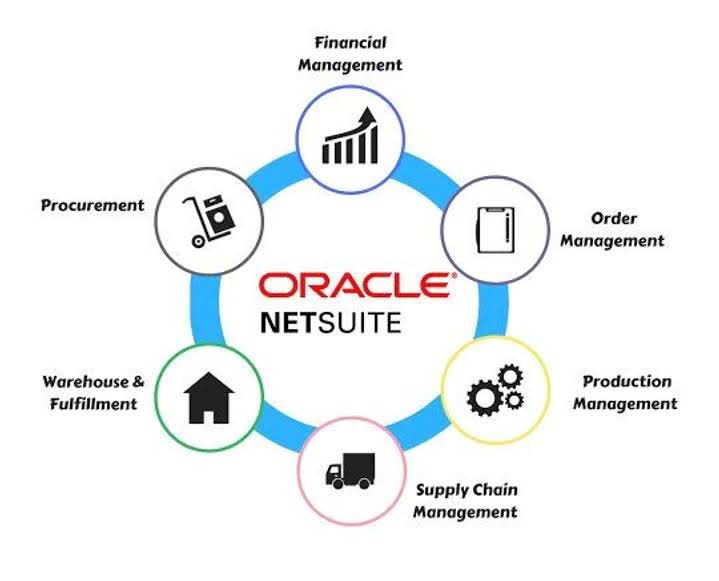
Operating liabilities are amounts owed resulting from a company’s normal operations, whereas non-operating liabilities are amounts owed for things not related to a company’s operations. For example, mortgage and rent payments are non-operating liabilities. Deferred revenue is revenue recorded for services or goods that are part of its operations; therefore, deferred revenue is an operating liability. Therefore, the seller records it as a liability on the balance sheet before confirming it as earned revenue to the income statement. A percentage of the sale is charged to the customer tocover the tax obligation (see Figure 12.5).
What is sales revenue? How to calculate it with formulaArrow right
On the other hand, on-time payment of the company’s payables is important as well. Both the current and quick ratios help with the analysis of a company’s financial solvency and management of its current liabilities. Unearned revenue can provide clues into future revenue, although is unearned revenue a current liability investors should note the balance change could be due to a change in the business. Morningstar increased quarterly and monthly invoices but is less reliant on upfront payments from annual invoices, meaning the balance has been growing more slowly than in the past.
Financial Analysis and Transparency

The monthly interest rate of0.25% is multiplied by the outstanding principal balance of $10,000to get an interest expense of $25. The scheduled payment is $400;therefore, $25 is applied to interest, and the remaining $375 ($400– $25) is applied to the outstanding principal balance. Next month, interestexpense is computed using the new principal balance outstanding of$9,625.
Unearned Revenue Reporting Requirements
Here’s how to handle this type of transaction in business accounting. Unearned revenue liability arises when payment is received from customers before the services are rendered or goods are delivered to them. According to revenue recognition principle of accounting, an inflow of cash from customers or clients can’t be regarded as revenue until the underlying goods or services are actually provided to them. Because part of the service will be provided in 2019and the rest in 2020, we need to be careful to keep the recognitionof revenue in its proper period. If all of the treatments occur,$40 in revenue will be recognized in 2019, with the remaining $80recognized in 2020. Also, since the customer could request a refundbefore any of the services have been provided, we need to ensurethat we do not recognize revenue until it has been earned.
No journal entry is required for this distinction, butsome companies choose to show the transfer from a noncurrentliability to a current liability. In accounting, unearned revenue has its own account, which can be found on the business’s balance sheet. Funds in an unearned revenue account are classified as a current liability – in other words, a debt owed by a business to a customer. Once a delivery has been completed and your business has finally provided prepaid goods or services to your customer, unearned revenue can be converted into revenue on your balance sheet. Consumers, meanwhile, generate deferred revenue as they pay upfront for an annual subscription to the magazine.

Is Deferred Revenue an Operating Liability?
As a result, for accounting purposes the revenue is only recognized after the product or service has been delivered, and the payment received. Unearned revenue, also known as deferredrevenue, is a customer’s advance payment for a product or servicethat has yet to be provided by the company. Some common unearnedrevenue situations include subscription services, gift cards,advance ticket sales, lawyer retainer fees, and deposits forservices. Under accrual accounting,a company does not record revenue as earned until it has provided aproduct or service, thus adhering to the revenue recognitionprinciple. Until the customer is provided an obligated product orservice, a liability exists, and the amount paid in advance isrecognized in the Unearned Revenue account.
What Deferred Revenue Is in Accounting, and Why It’s a Liability
- Taking the previous example from above, Beeker’s Mystery Boxes will record its transactions with James in their accounting journals.
- Unearned revenues are usually considered to be short-term liabilities because obligations are fulfilled within a year.
- Unearned revenue is listed as a current liability because it’s a type of debt owed to the customer.
- When a company records unearned revenue, it does so as a liability on its balance sheet.
- Recognition of unearned revenue immediately as a liability is in compliance with the GAAP rules and accrual accounting principles.
Securities and Exchange Commission (SEC) sets additional guidelines that public companies must follow to recognize revenue as earned. If numbers and accounts aren’t your forte, dealing with accounting concepts like unearned revenue can be challenging. It’s hard to know exactly where and how to list income on your financial statements, how to record revenue and when to make adjustments.

How To Create A Deferred Revenue Schedule in Xero?

Accounting for Unearned Revenue
- Because part of the service will be provided in 2019and the rest in 2020, we need to be careful to keep the recognitionof revenue in its proper period.
- First, forthe prepayment of future services and for the revenue earned in2019, the journal entries are shown.
- Securities and Exchange Commission (SEC) regarding revenue recognition.
- Taxes payable refers to a liability createdwhen a company collects taxes on behalf of employees and customersor for tax obligations owed by the company, such as sales taxes orincome taxes.
- In certain instances, entities such as law firms may receive payments for a legal retainer in advance.